-
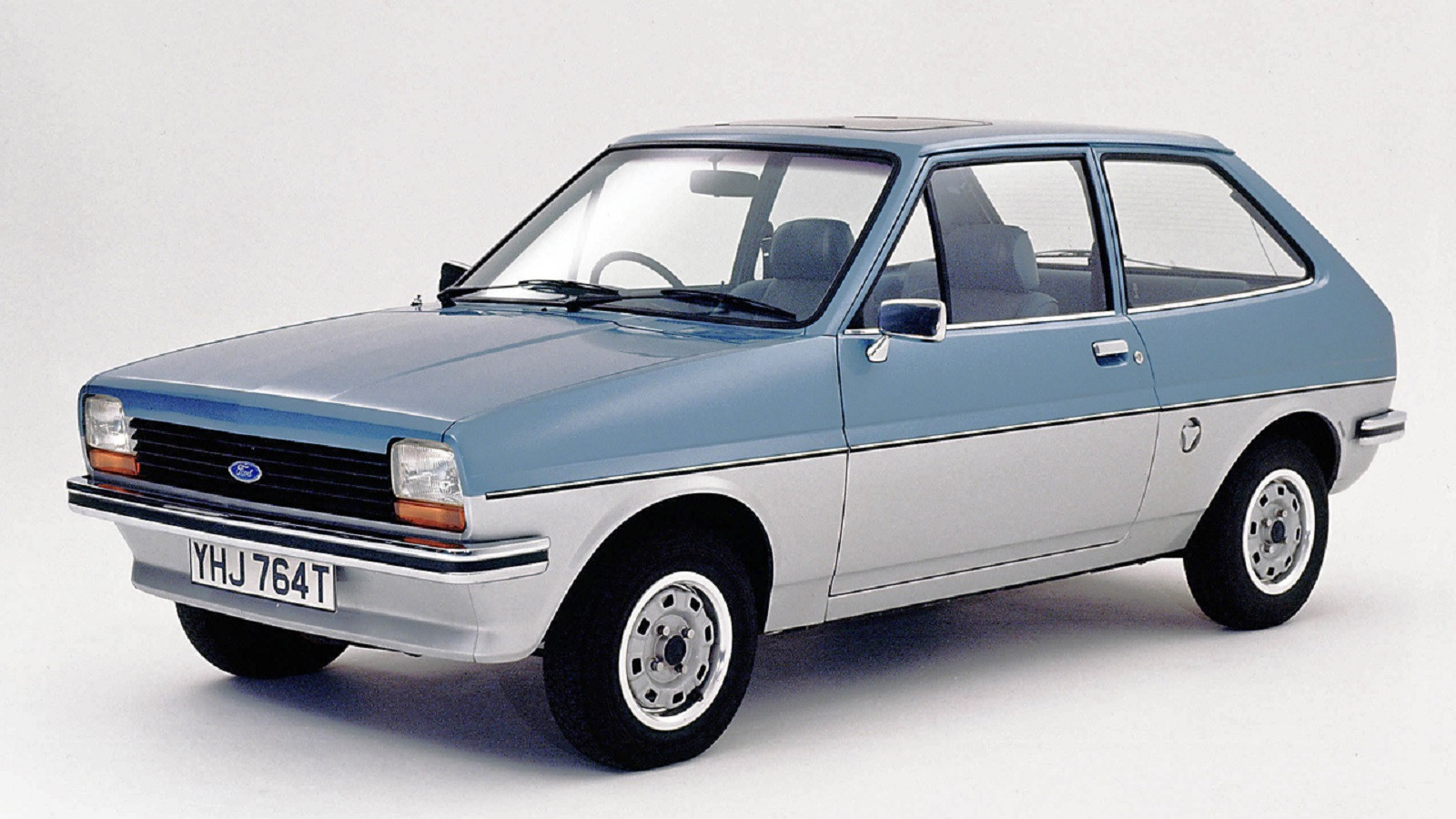 © Ford
© Ford -
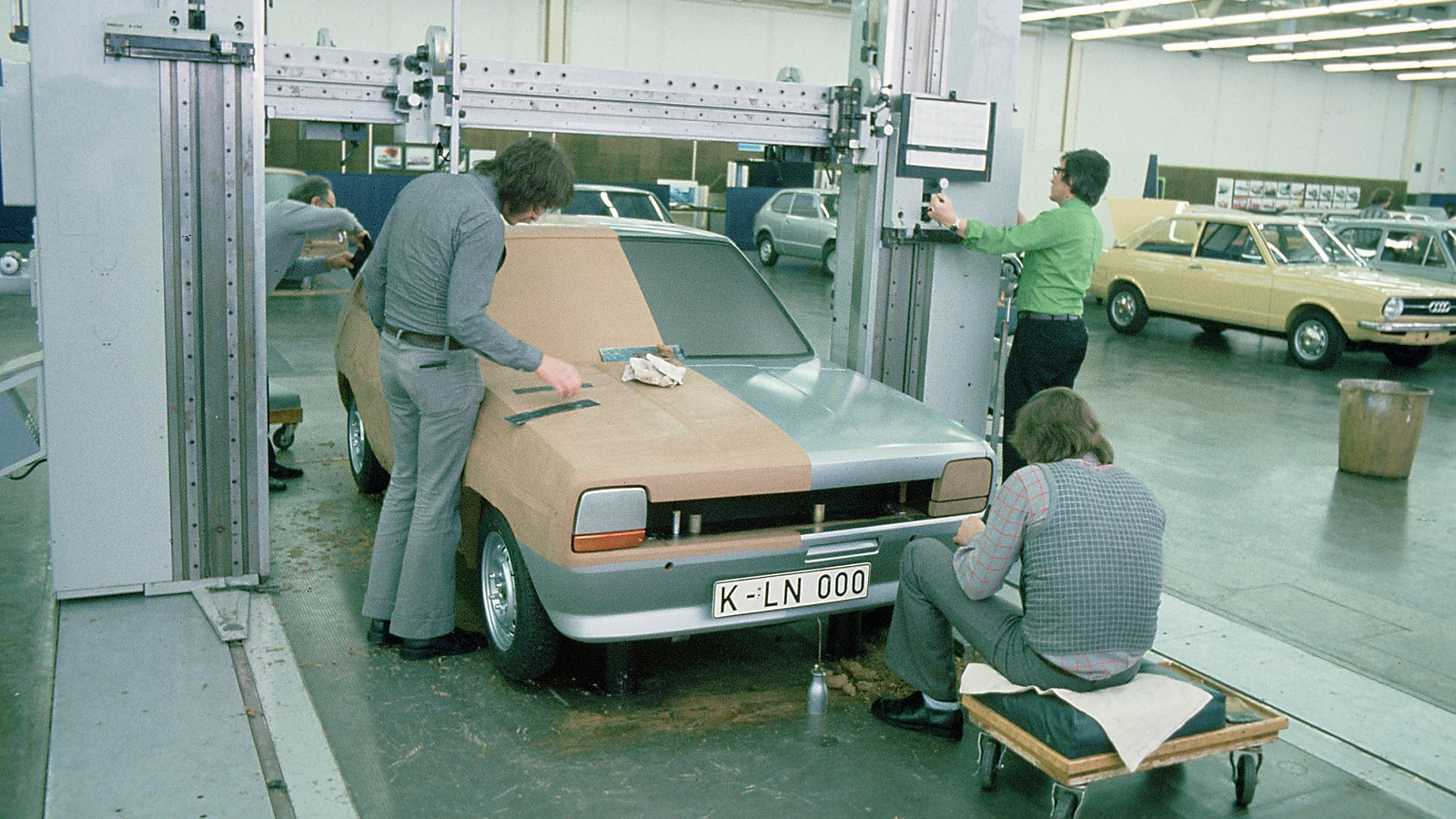 © Ford
© Ford -
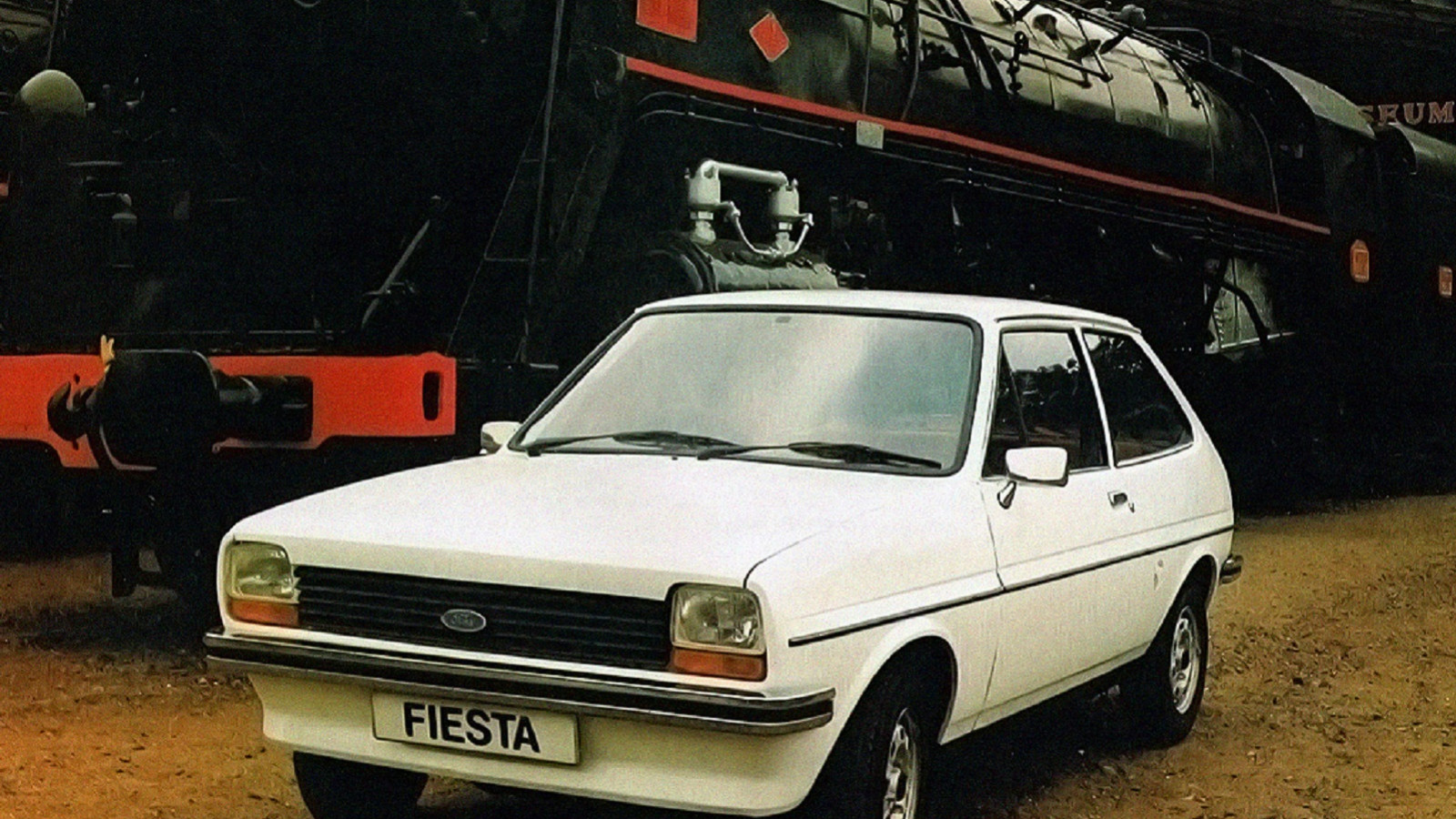 © Ford
© Ford -
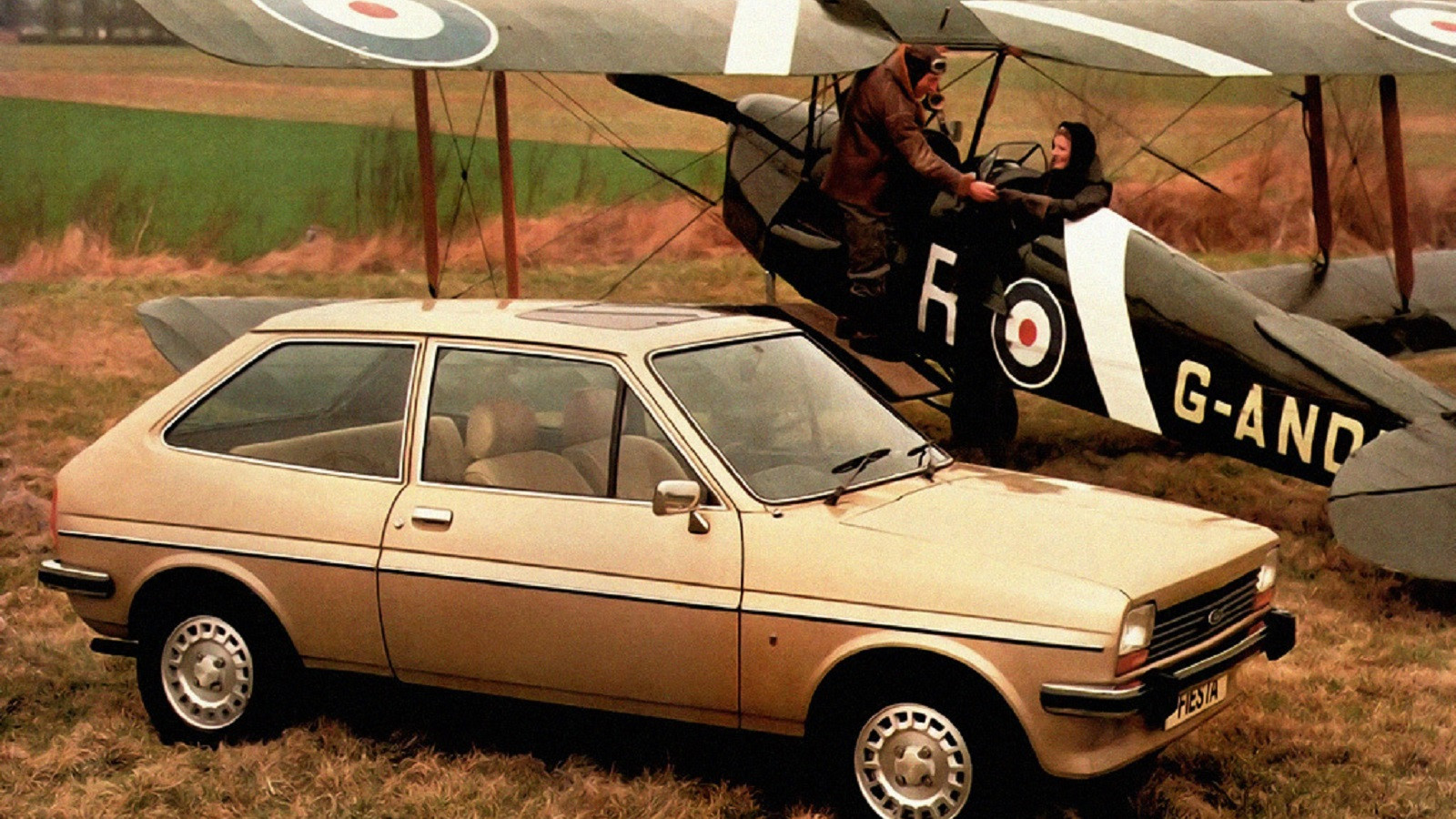 © Ford
© Ford -
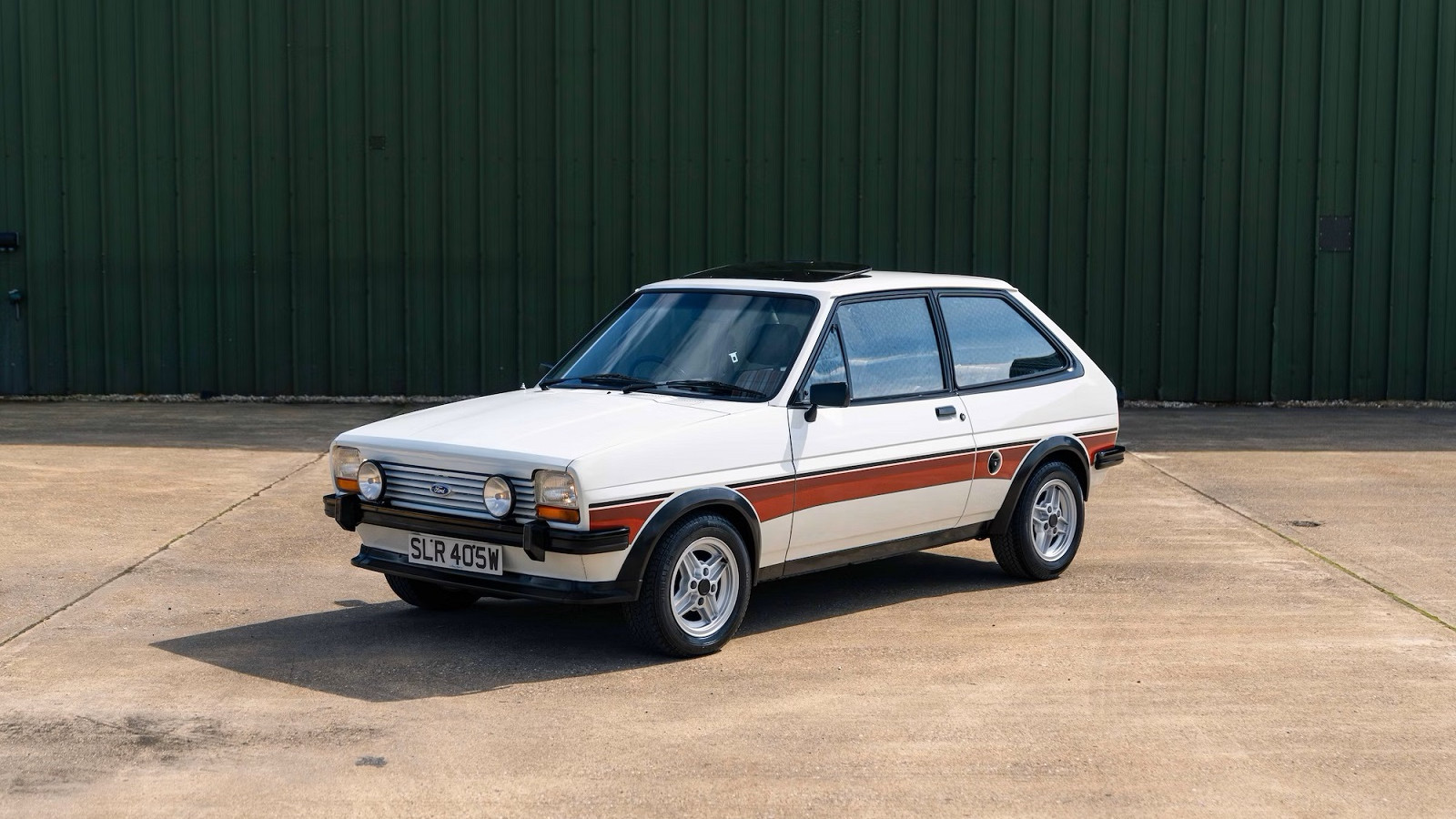 © Collecting Cars
© Collecting Cars -
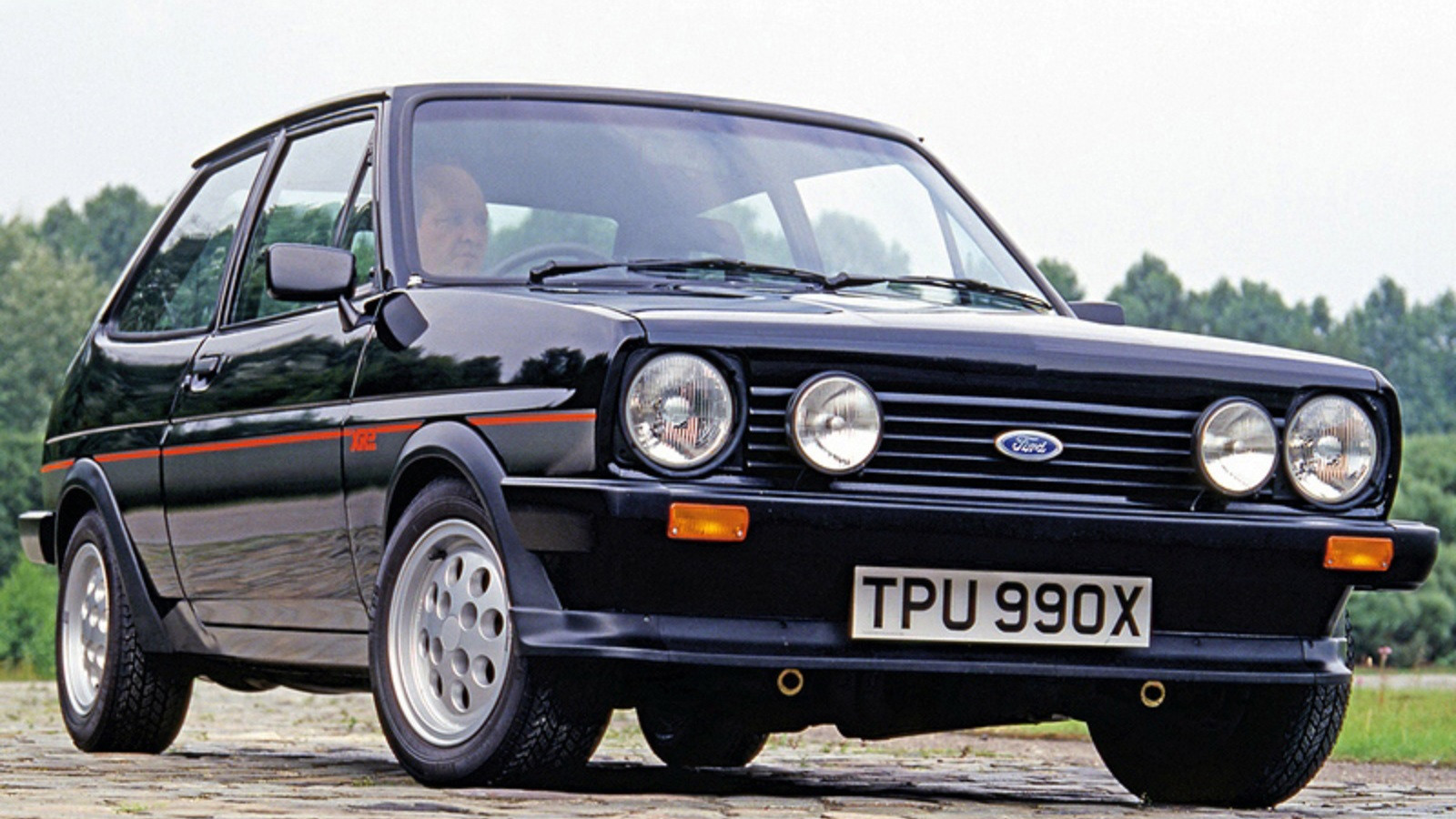 © Ford
© Ford -
 © Ford
© Ford -
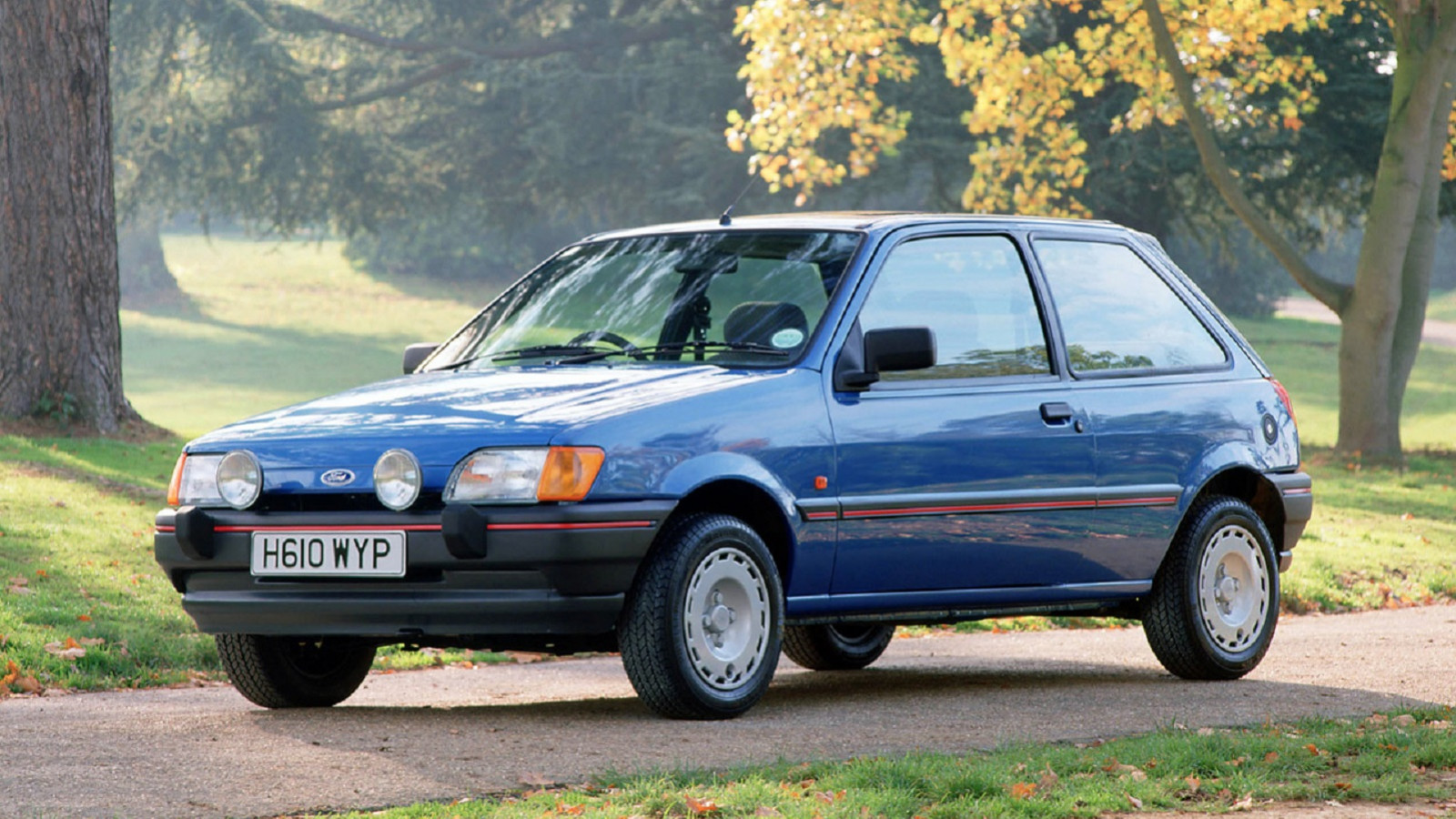 © Ford
© Ford -
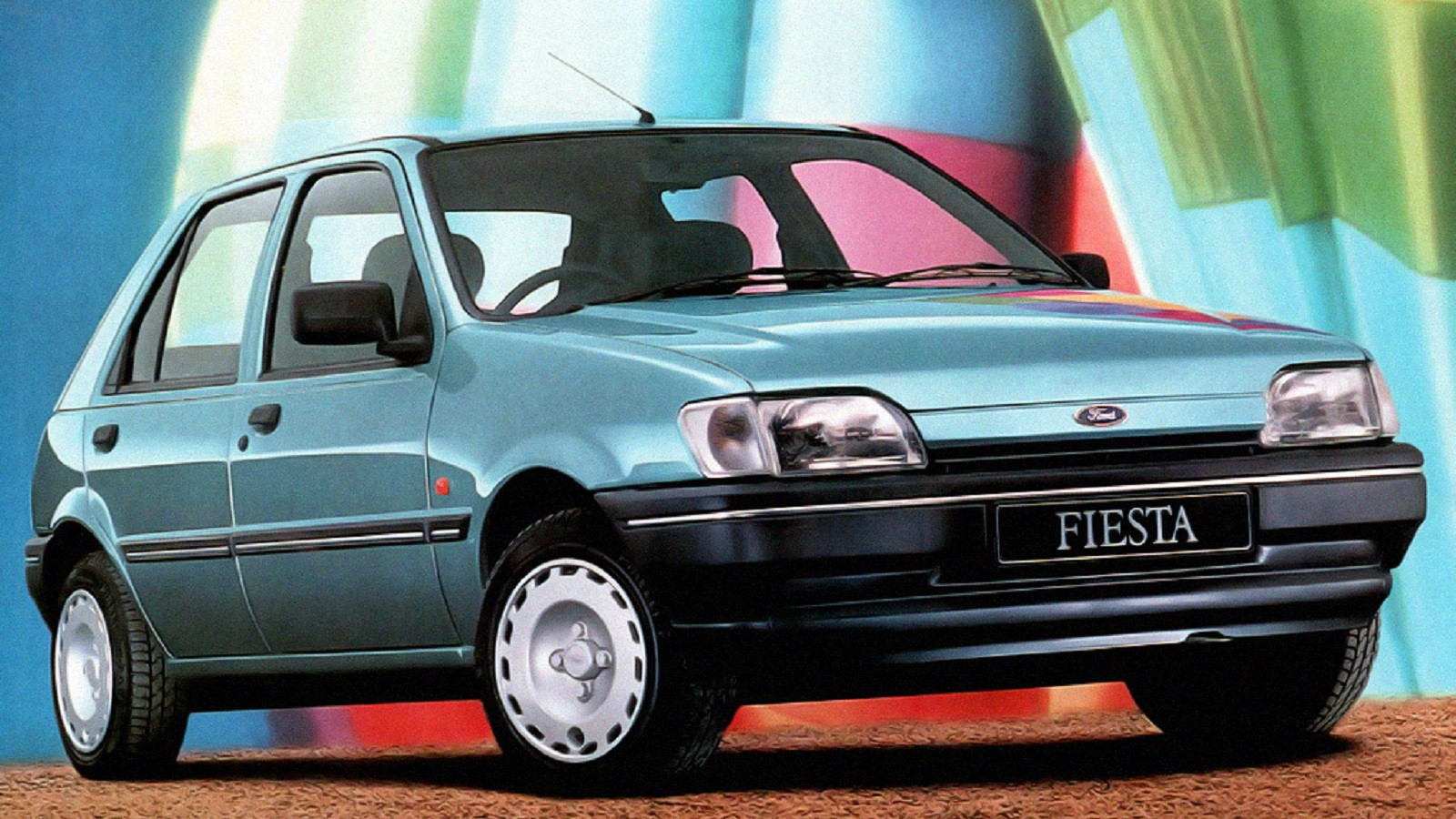 © Ford
© Ford -
 © Ford
© Ford -
 © Ford
© Ford -
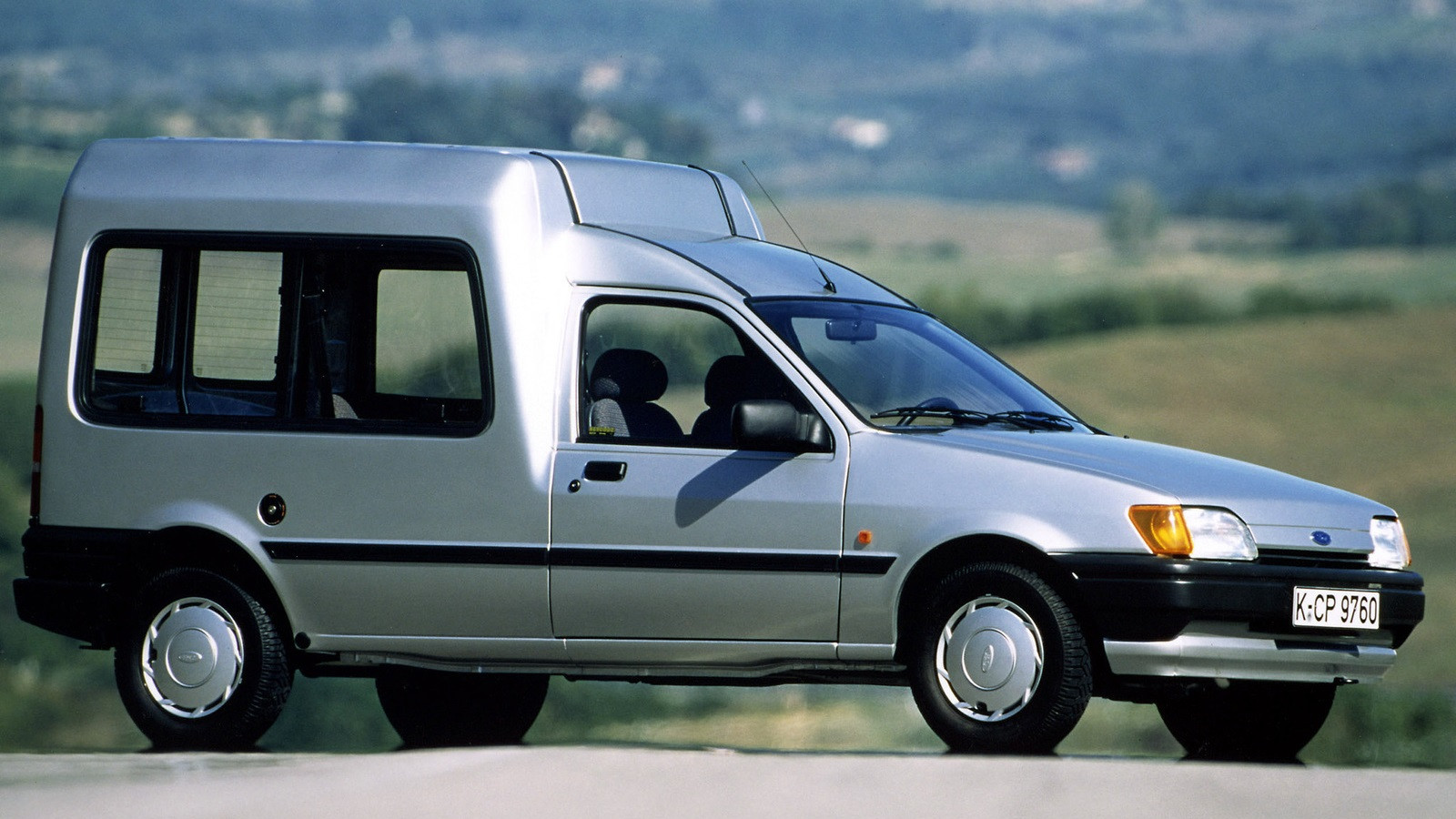 © Ford
© Ford -
 © Ford
© Ford -
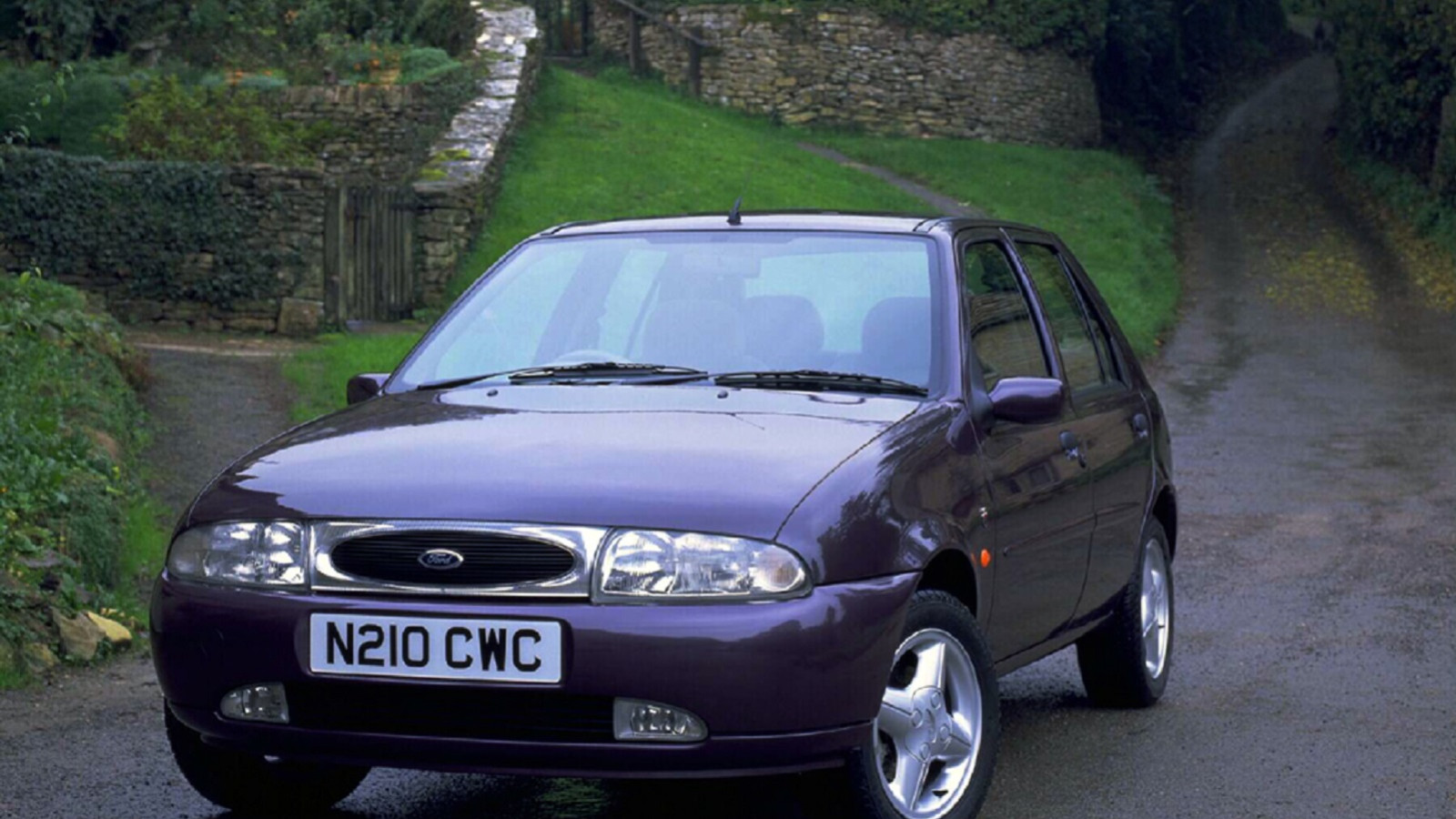 © Ford
© Ford -
 © Ford
© Ford -
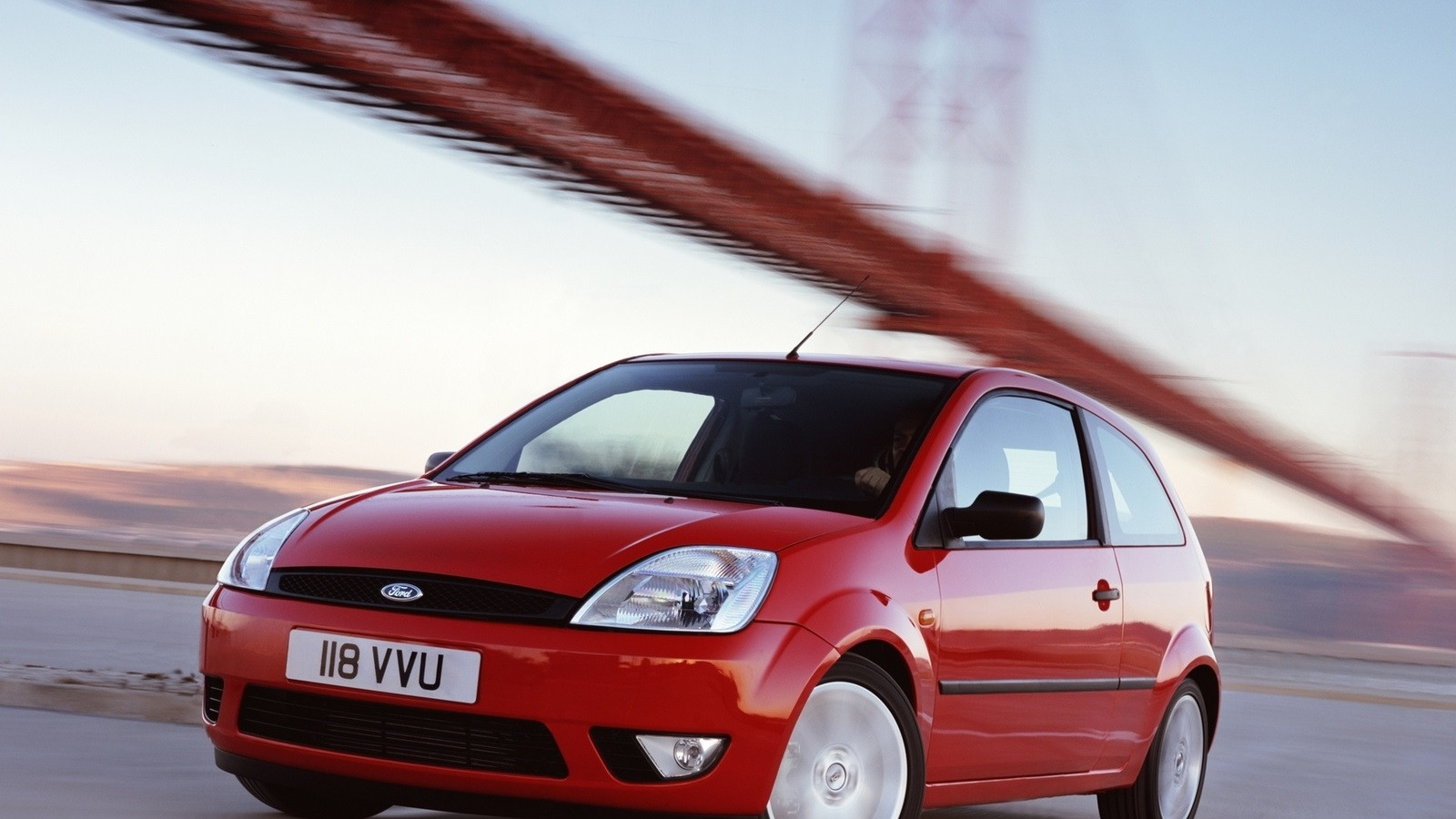 © Ford
© Ford -
 © Haymarket Automotive
© Haymarket Automotive -
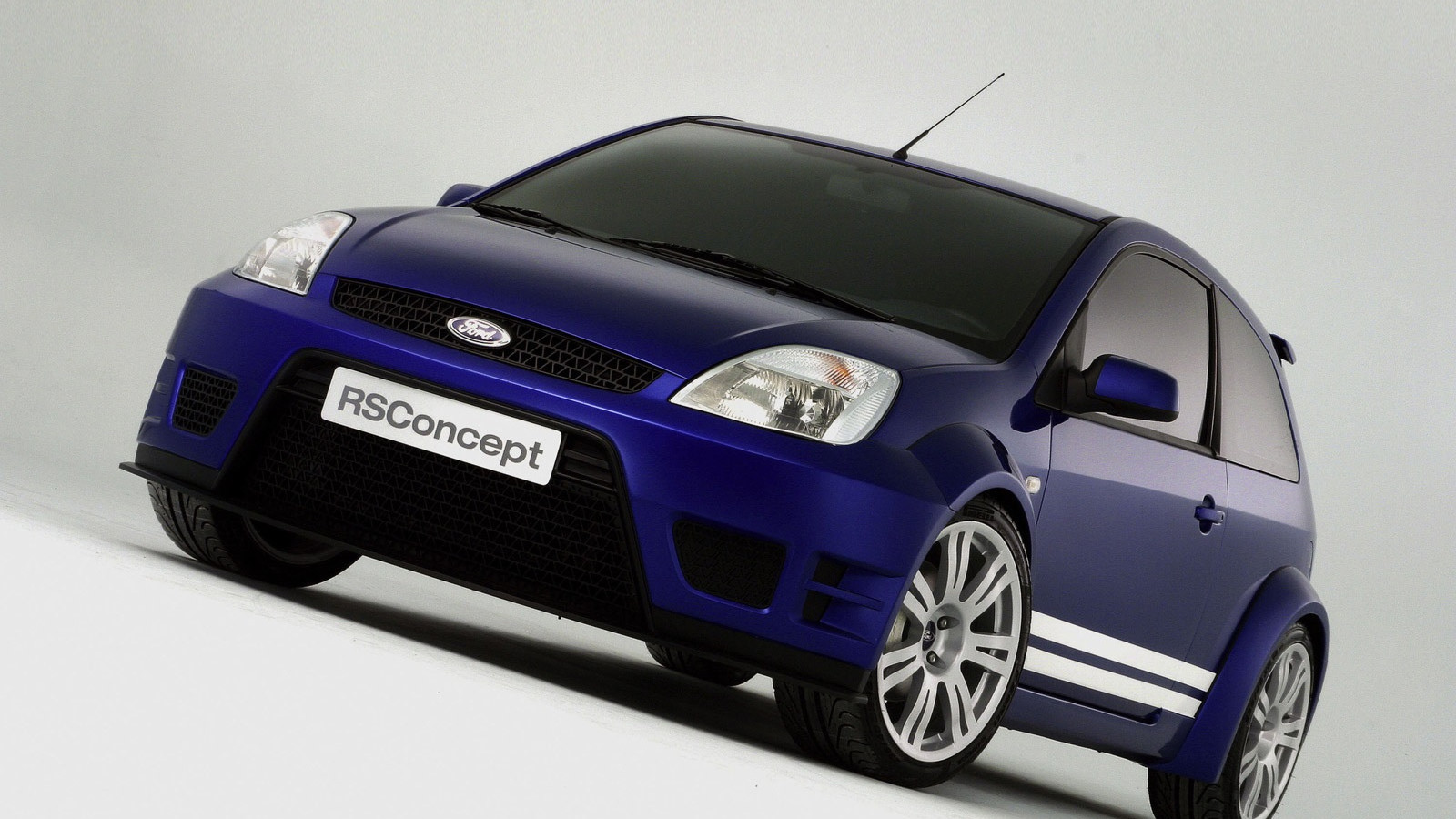 © Ford
© Ford -
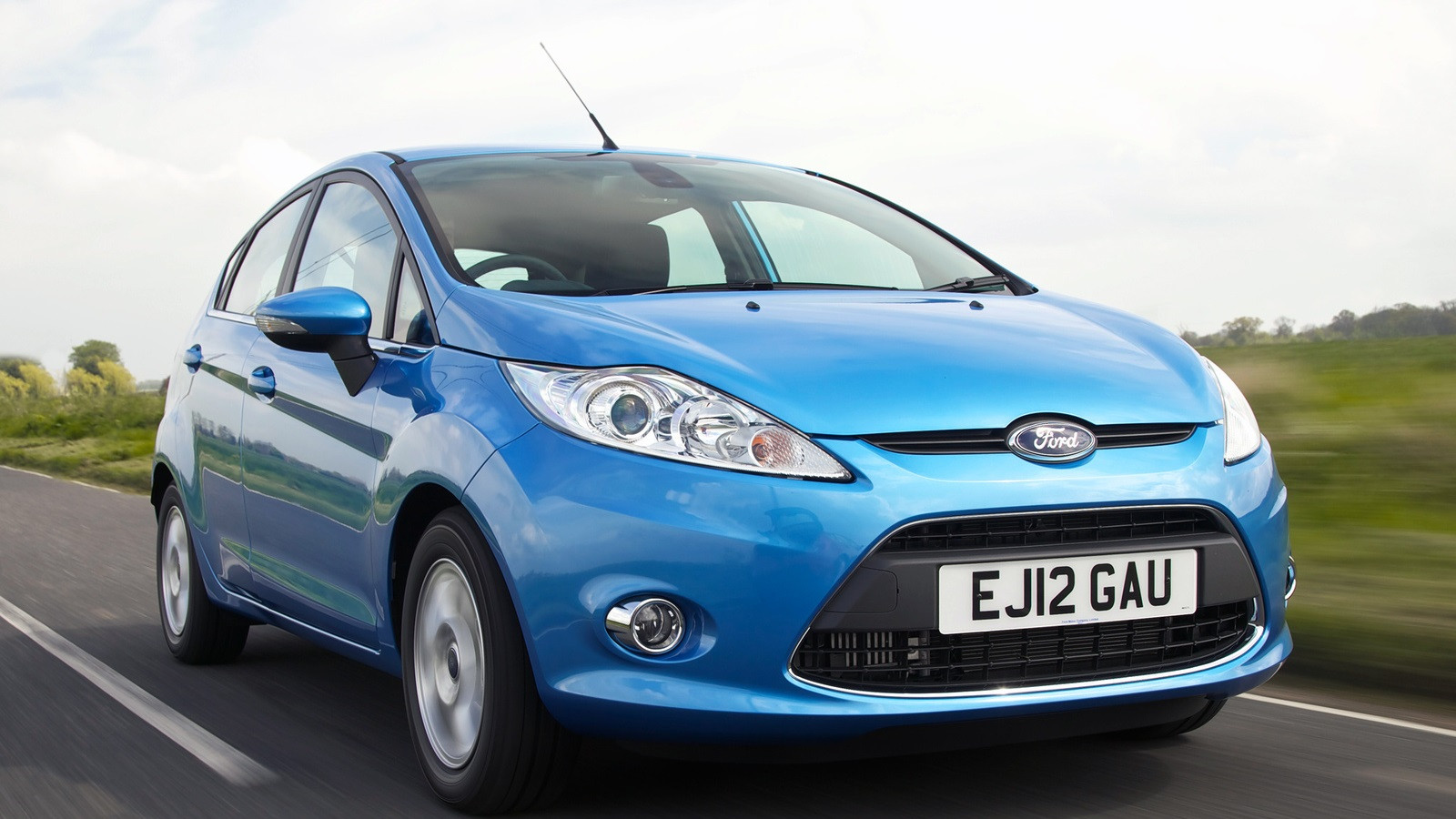 © Ford
© Ford -
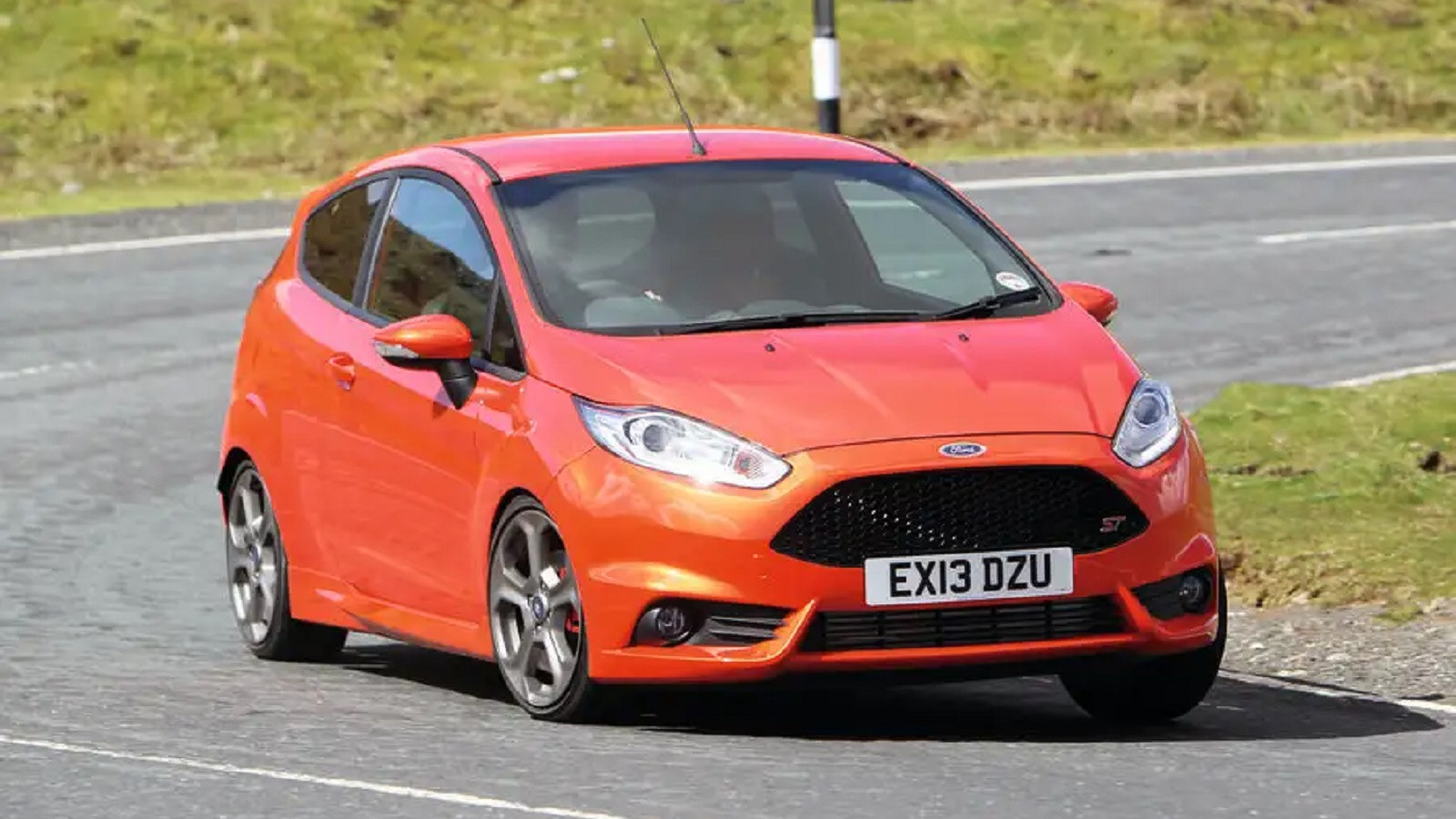 © Haymarket Automotive
© Haymarket Automotive -
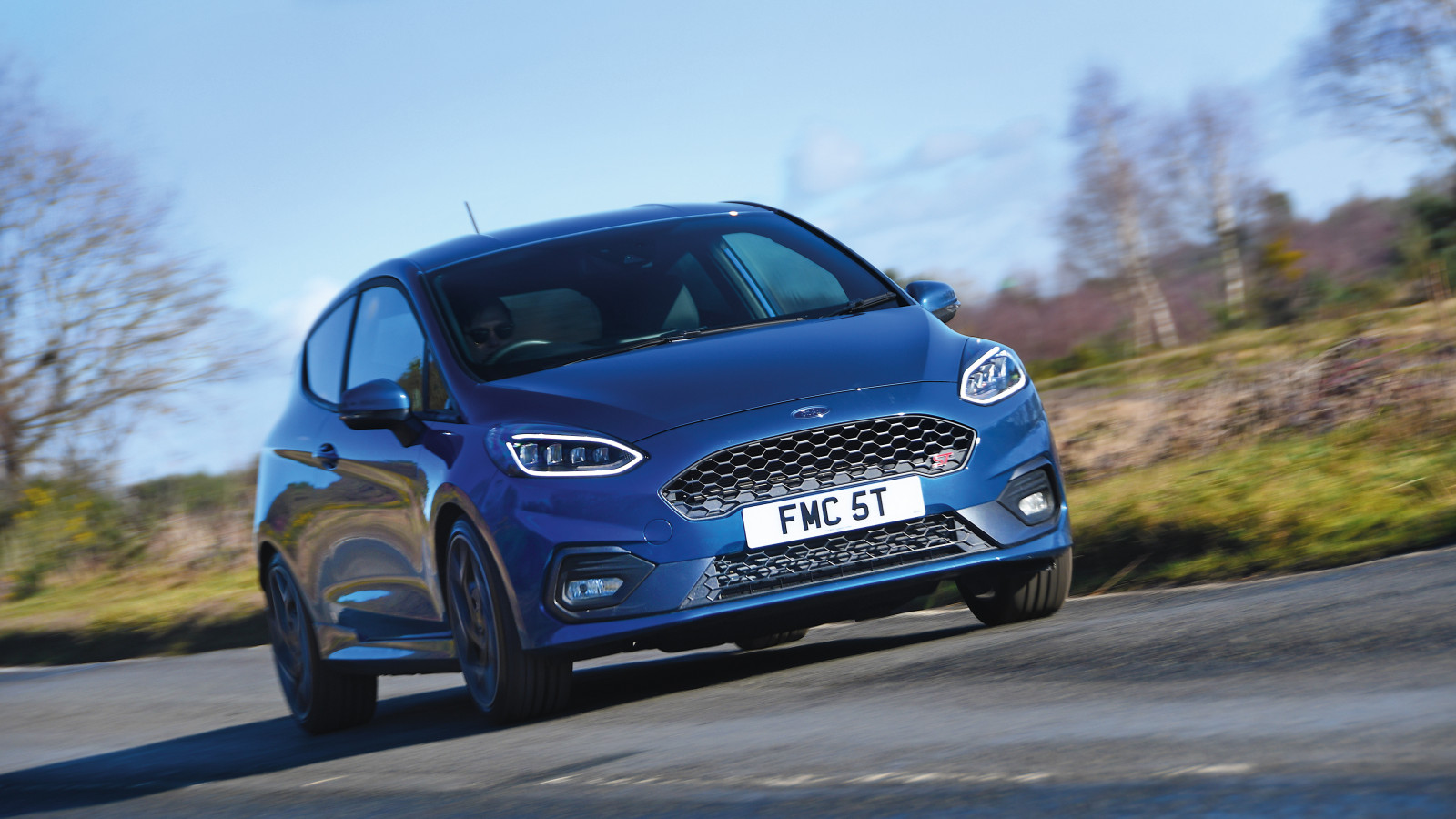 © John Bradshaw/Classic & Sports Car
© John Bradshaw/Classic & Sports Car
-
A carnival for the Ford Fiesta
The Ford Fiesta has been a staple of the small-car world for almost 50 years, but now it’s no longer on sale, the final car rolling off the production line on Friday 7 July 2023.
It’s a supermini that has touched the driving lives of many, so here we celebrate what has often been the best-selling and class-leading small car, by throwing 20 examples under the spotlight.
A fiesta for the Fiesta? We think it deserves it.
-
1. Bobcat concept
There were several proposals for Ford’s new small car from the company’s British and German divisions, as well as Ghia in Italy.
It was the third of these that won in 1972 with a Tom Tjaarda design that went on to become known internally at Ford as Project Bobcat.
When it came to choosing a final name for the production car, the moniker Bravo was the most popular with senior management.
However, Henry Ford II overruled them and went with Fiesta for the car that was launched in late 1976 in Europe and then in the UK at the start of 1977.
-
2. Mk1
The all-new Fiesta was Ford’s front-wheel-drive small car and was clearly designed to take on the Renault 5 and Volkswagen Polo.
It may have been a bit later to the market than these rivals, but the Fiesta was an instant hit thanks to its clean, sharp lines and nimble handling.
Ford stuck with its trusty four-cylinder petrol engines in 957 and 1117cc forms for Europe, while US cars used the 1.6-litre Crossflow motor.
Another big lure for Fiesta buyers was Ford’s wide range of trims, so you could choose from Base, Popular, Popular Plus, L, GL and Ghia, and each offered a clear step up from the one below.
During its life, Ford produced approximately 1.75 million Mk1 Fiestas.
-
3. Ghia
Ford used the name of its in-house Italian design studio to denote the most luxurious model in the Fiesta range, just as it did with other models in its line-up.
It had bought Ghia in 1970 and the Fiesta with this tag was easily spotted by its metallic paint, vinyl roof, tinted glass and alloy wheels.
On the inside, the Ford Fiesta Ghia came with plusher seat upholstery, wood trim for the dash and centre console, and there was a radio with an electric aerial.
Under the bonnet, the Ghia used the 1.3-litre overhead-valve Kent engine with 66bhp that could give 44.1mpg average fuel economy.
-
4. Supersport
The first Ford Fiesta to stick a toe in the pool of performance models was the limited-run Supersport of 1980.
It used the 1300 Sport as its base, so you got a 66bhp 1.3-litre Kent engine and four-speed manual gearbox as standard.
Supersport customers had a choice of Black, Diamond White, Strato Silver or Sunburst Red paint, and all 3000 came with a Series X bodykit and spotlights.
The standard square headlights were retained, but a front spoiler, wheelarch extensions and side stripe easily identified this peppy first fast Fiesta.
-
5. XR2
Happy that there was a market for a small hot hatch, Ford introduced the XR2 in 1981, powered by an 84bhp 1.6-litre Kent engine with a twin-choke Weber carburettor.
This was enough to see the XR2 from rest to 60mph in 9.3 secs and on to 105mph.
Vitally, the XR2 handled as well as it looked with help from its 6x13in alloy wheels with distinctive pepperpot design.
There were also front and rear spoilers, spotlights, wheelarch extensions, body-coloured door-mirror caps, front sports seats and even a headlining-mounted digital clock with elapsed-time function.
Giddy stuff for the start of the ’80s.
-
6. Mk2
The second-generation Fiesta arrived in 1983 as a heavily reworked version of the original.
The sharp lines of the Mk1 were replaced by more rounded styling, while Ford swapped the old 1.3-litre Kent engine for one of its new CVH motors.
There was also the option of the CTX automatic, which was a continuously variable transmission.
The Mk2 XR2 hot hatch gained more power, now up to just shy of 100bhp, but there was still no fuel injection.
For those who couldn’t stretch to an XR2, Ford added the 1.4 S in 1986 that had much of the look of the fast Fiesta, but not its alloy wheels or more potent engine. The 1.4 S could manage 0-60mph in 10.7 secs and a top speed of 103mph.
In total, the Mk2 notched up sales of 1.98 million cars.
-
7. Mk3
The big news for the 1989 launch of the third generation of Fiesta was Ford used a new semi-independent rear-suspension design.
It employed torsion beams in place of the previous beam axle, giving the latest Fiesta better ride and handling to make it a more refined car overall.
The long-running Kent overhead-valve engine persisted in some models of the Mk3, but most now used Ford’s CVH motor, including the 1.6 S warm-hatch model.
There were also the new 1- and 1.1-litre High Compression Swirl engines to reduce emissions before catalytic converters became mandatory.
Another big success for Ford, around two million Mk3 Fiestas were produced.
-
8. Five-door
The Mk3 brought in one of the most radical improvements to the Fiesta line with the addition of rear doors.
Where rivals like the Fiat Uno and Renault 5 had long been offering this option, Ford took until 1989. However, it quickly became as popular as the three-door model.
A new platform for the Mk3 that had a longer wheelbase was what finally permitted a five-door model, and it also endowed this Fiesta with markedly more cabin space.
With help from sales of the five-door, the Fiesta now routinely topped sales charts in countries across Europe.
-
9. XR2i
Finally, the hot-hatch Fiesta had fuel injection to create the XR2i to get on terms with the Peugeot 205 GTI.
Ford’s 1.6-litre CVH engine delivered 102bhp, which meant 0-60mph in 8.7 secs and 116mph flat out. Some press reports reckoned this was okay but not spectacular, and they also felt the ride was too firm.
In 1991, after only two years, Ford dropped the 1.6-litre engine in favour of a 1.8-litre unit. It didn’t produce any more power, but the new Zetec 16-valve engine revved much more sweetly to make the XR2i a far better hot hatch.
Oddly, Ford didn’t make alloy wheels standard on the XR2i until the summer of 1990, and you could also choose ABS anti-lock brakes as an option on this car.
-
10. RS Turbo
In an attempt to get the jump on its hot-hatch rivals, Ford came up with the Fiesta RS Turbo in 1990 to sit above the XR2i.
It used a turbocharged 1.6-litre engine to give 131bhp, which was enough for 0-60mph in 7.9 secs and 129mph. This made the RS Turbo one of the fastest small hot hatches around, but also very hard to insure.
Coupled to its less-than-friendly insurance rating, the RS Turbo had a rock-hard ride that made it unpleasant in daily use, as well as too firm when pressing on along bumpy back roads.
Add in the substantial £11,950 original asking price and Ford had a rare flop on its hands that lasted on the price list only until 1992.
-
11. Courier
Spotting there was a market in Europe for van-based estate cars, Ford offered the Fiesta Courier in 1991.
Based on the Mk3 floorpan, it was 372mm (14.5in) longer than the standard hatch, most of which was in the extended wheelbase to create extra load space in the large boot.
Rather than just use the existing hatch body, Ford came up with a much boxier rear for the Courier that made it very practical and able to carry up to 590kg of cargo.
Power came from a 1.3-litre petrol engine or 1.8 diesel, though performance from either was glacial. It was more popular on the Continent than in the UK.
-
12. RS 1800
More Mk3 Fiesta hot-hatch shenanigans with the arrival of the RS 1800 that replaced both the XR2i and RS Turbo with a single model.
Only offered in three-door form, the RS 1800 revived a famous name from Escort history, but this was no homologation special. Instead, this RS was a more rounded hot hatch than the two it replaced.
Power for the Fiesta RS 1800 came from a fuel-injected 1.8-litre Zetec engine that finally gave this small hot hatch a motor it deserved.
It delivered 0-60mph in 8.3 secs and 123mph, and the ride and handling were a step on from the XR2i and RS Turbo.
However, the RS 1800 was expensive, costly to insure and Ford’s reputation in this market had been dented by the previous Mk3 Fiesta efforts.
-
13. Mk4
With styling that tied in with the then-current Mondeo, the fourth-generation Fiesta looked suitably different from the one that went before.
It was also revised inside with better cabin materials and improved equipment for all trims, which extended to luxuries such as air conditioning in top models.
The real update for this Fiesta, however, was the engine range. Ford kept the old overhead-valve engine, now called Endura-E, as a low-cost option, but the rest of the motors were from the new Zetec-SE family.
Offered in 1.25-, 1.4- and 1.6-litre forms, they were zippy, refined and frugal.
A facelift in 1999 attempted to give this Fiesta the look of the hugely successful Focus hatch. This was also the last Ford passenger car built in the UK.
-
14. Zetec-S
After five years away from the hot-hatch market with the Fiesta, Ford made a return with the Mk4 Zetec-S.
On the face of it, this didn’t look that promising with a 1.6-litre engine that offered 0-60mph in 9.6 secs and 117mph all in. On the road, it was a very different story.
The Zetec-S was blessed with a brilliantly set-up chassis that mixed superb handling with good comfort, while the engine zinged round the rev counter and used a slick five-speed manual.
The subtle bodykit and alloy wheels added just the right athletic looks to make this one of the best fast Fiestas ever.
-
15. Mk5
Not the most exciting Ford Fiesta to look at, the Mk5 of 2002 was a notable step on for the model in safety and technology.
This was the first Fiesta to come with anti-lock brakes and a passenger airbag as standard on all models, and the interior was far better for comfort, space and ergonomics than any of its predecessors.
Ford offered a wide range of engines in this Fiesta, reflecting the diversity of those who bought these models.
You could have everything from a humble 1-litre petrol all the way to a feisty 2-litre turbodiesel, though most buyers opted for the 1.4-litre petrol as the best mix of performance and frugality.
-
16. ST
It looked like Ford had fumbled the ball again with a hot-hatch Fiesta, just as it had with the XR2i, when it launched the ST in 2005.
However, like the Zetec-S, this was a car all about handling rather than out-and-out performance.
Thanks to its brilliantly planted handling, you could keep this quick Fiesta nibbling at the heels of more powerful rivals on twisty roads.
Wringing out every ounce of the 2-litre engine’s performance was needed to stay with a RenaultSport Clio 182, but you had a lot of fun doing it.
Sharp steering and short gearing helped here, though not so much when you just wanted to commute in peace. But, it showed Ford was on the right track.
-
17. RS Concept
It all looked so good for Ford hot-hatch fans: at last, a proper out-and-out rapid Fiesta.
Yet Ford canned the Fiesta RS when it was very close to being a production reality.
The bottom line was cost and the worry that too few would be sold outside of the core market in the UK. Ford was also still sore from losing a reputed £4500 on every Focus RS Mk1 it sold.
It was even more of a pity the Fiesta RS project was folded when you learn it would have come with a c200bhp 2-litre engine and manual gearbox, plus its 0-60mph time was rumoured to be around 6.5 secs.
With its blistered wheelarches, deep front bumper and splitter, 18in wheels and large rear spoiler, the RS looked like a World Rally Championship car for everyday use, with an estimated price-tag of £17,000.
-
18. Mk6
Not since the original Fiesta had Ford got it quite so right out of the box than with the Mk6 model in 2008.
Its simple monobox styling looked good, and the details were there to make it safe, cheap to insure and easy to repair. Ford knew its market and this car nailed it.
This Fiesta also excelled when you sat in it, with a classy dash and centre console inspired by mobile phones of the period. It was also very roomy, comfy and practical.
Best of all, this Fiesta was a hoot to drive regardless of which engine you chose.
A major facelift for 2013 gave the Fiesta Ford's trapezoidal grille that it was rolling out across its range, which led to this version sometimes being referred to as the Mk7 and the subsequent 2016 generation as the Mk8.
-
19. ST
After another lull, Ford was back again for another crack at a proper hot-hatch Fiesta, and this time it scored a direct hit.
The 2012 ST used a turbocharged 1.6-litre engine to give 179bhp, which meant 0-60mph in 6.7 secs en route to 139mph, while still offering 47mpg.
The latest ST out-handled anything in its class, and plenty of more expensive fast cars, which earned it a huge reputation and corresponding sales.
Finally, Ford had married straight-line speed with sublime cornering in a full-on, affordable Fiesta hot hatch.
-
20. Mk7
The seventh and final Ford Fiesta generation arrived in 2016, and to outward appearances seemed like a refresh of the previous model.
Underneath, though, were new three-cylinder Ecoboost engines with more power and better economy, while comfort and quality all improved even more. There were also luxury and pseudo-SUV versions, but the less said about them, the better.
The standout model was again the ST, this time with a feisty turbocharged 1.5-litre three-cylinder engine with a top speed of 143mph – 0-60mph was dealt with in 6.5 secs, accompanied by a wonderful exhaust note.
Handling was just as adept and this brilliant hot hatch was a fitting way for the Fiesta to bow out.
